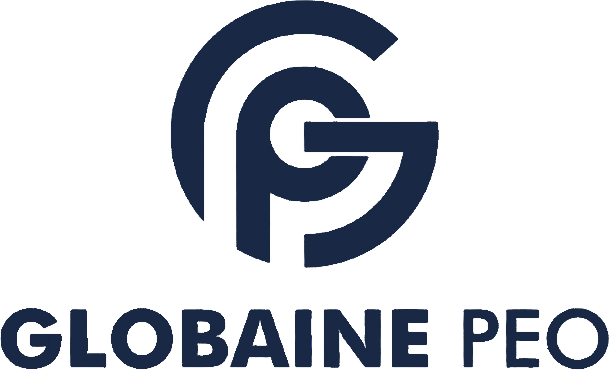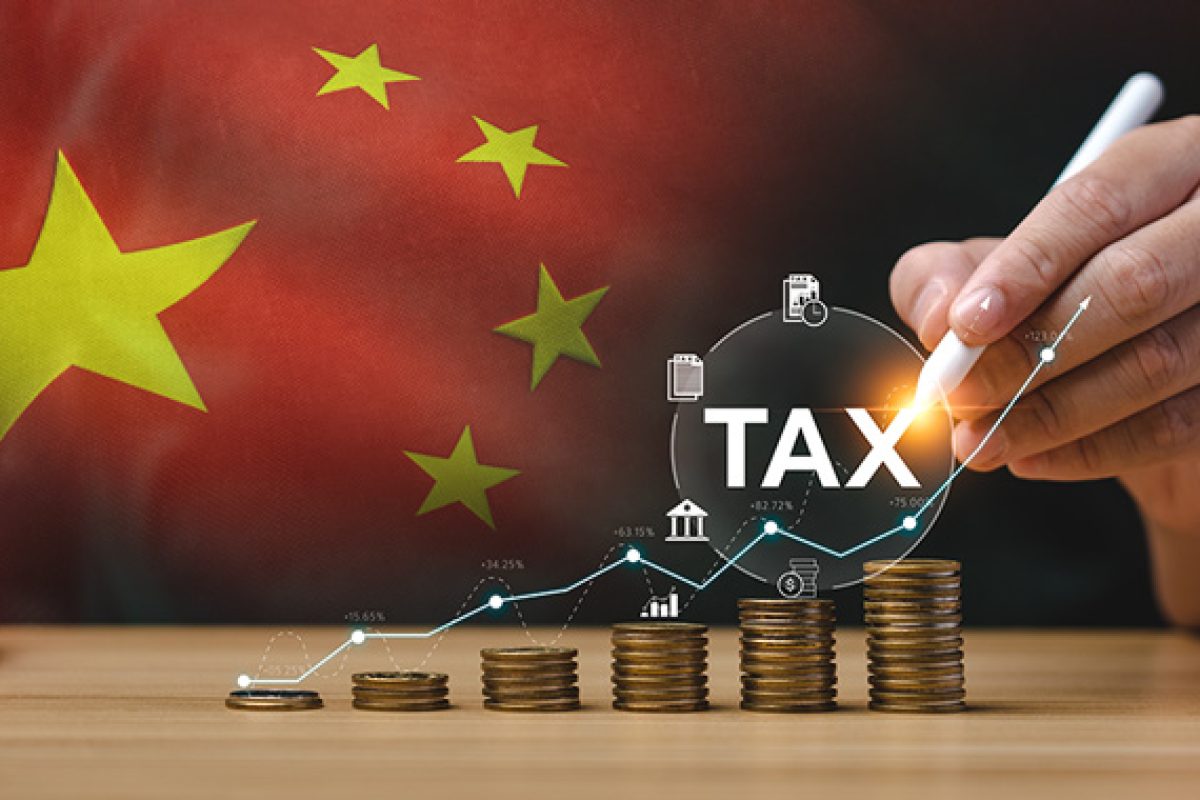Understanding the tax system in China is critical for companies looking to expand into the country or manage a workforce there. Whether you are using EOR (Employer of Record) or PEO (Professional Employer Organization) services, having a clear grasp of China’s tax structure is essential for smooth operations and legal compliance. This guide provides an overview of the key taxes employers and employees need to be aware of when operating in China.
Key Taxes in China for Employers and Employees
1. Corporate Income Tax (CIT)
Corporate Income Tax (CIT) in China is levied on both domestic and foreign businesses operating within the country. The standard rate is applied nationwide, although certain regions and industries benefit from preferential rates.
Tax Rate | Applicable To |
|---|---|
25% | General corporate income tax rate |
15% | High-tech enterprises or companies in special economic zones |
Preferential rates | May apply to industries like renewable energy, R&D, or regions such as Hainan |
Outcome: Employers need to ensure compliance with local and national corporate tax laws and apply for any preferential tax rates they may be eligible for.
2. Individual Income Tax (IIT)
China’s Individual Income Tax (IIT) is progressive, with rates ranging from 3% to 45%. Employers are responsible for withholding IIT from employee wages based on their income bracket.
Income Bracket (CNY/month) | Tax Rate |
|---|---|
Up to 3,000 | 3% |
3,001 – 12,000 | 10% |
12,001 – 25,000 | 20% |
25,001 – 35,000 | 25% |
35,001 – 55,000 | 30% |
55,001 – 80,000 | 35% |
Above 80,000 | 45% |
Outcome: Employers must accurately withhold IIT from employee wages and report it to the tax authorities to avoid penalties.
3. Social Security Contributions
Employers in China are required to contribute to a range of social security programs, including pensions, medical insurance, unemployment insurance, and more. These contributions are made to both the national and local social insurance schemes.
Contribution Type | Employer Rate | Employee Rate |
|---|---|---|
Pension Insurance | Around 16% | 8% |
Medical Insurance | 6-7% (varies by region) | 2% |
Unemployment Insurance | 0.5-1% | 0.2-1% |
Work-Related Injury Insurance | 0.2-1.9% (based on risk) | None |
Maternity Insurance | 0.5-1% | None |
Housing Fund | 5-12% (varies by city) | 5-12% (matches employer rate) |
Outcome: Employers must manage contributions and ensure compliance with local regulations, as these rates can vary between cities.
4. Value-Added Tax (VAT)
China’s VAT system applies to most goods and services provided within the country. The standard VAT rate is 13%, but lower rates apply to certain goods and services.
Tax Type | Rate |
|---|---|
Standard VAT | 13% |
VAT on certain goods (e.g., food) | 9% |
VAT on specific services (e.g., transport) | 6% |
Outcome: Companies that provide taxable goods or services in China must register for VAT and comply with reporting obligations to ensure accurate tax payments.
5. Withholding Tax on Dividends and Royalties
Foreign companies may be subject to withholding tax on dividends, royalties, and certain other payments sent out of China.
Tax Type | Rate |
|---|---|
Dividends | 10% (may be reduced based on tax treaties) |
Royalties | 10% |
Outcome: Businesses need to understand the withholding tax obligations, especially for cross-border payments, to avoid overpaying or underpaying taxes.
Tax Filing and Compliance Obligations in China
Employers in China are responsible for ensuring compliance with several tax filings and reporting requirements:
Tax Type | Filing Requirement |
|---|---|
Corporate Income Tax | Annual return due within five months after the end of the fiscal year |
Individual Income Tax | Monthly or annual filings depending on employee income |
VAT | Filed monthly or quarterly depending on revenue |
Social Security Contributions | Filed monthly |
Outcome: Timely and accurate filing of tax reports is essential to avoid penalties and maintain compliance with Chinese tax authorities.
Tax Residency for Employers and Employees in China
Corporate Residency: Companies are considered tax residents if they are incorporated in China or have their central management and control exercised within the country.
Individual Residency: Employees are tax residents if they spend 183 days or more in China within a tax year or have significant residential ties to the country.
Outcome: Correctly determining tax residency helps businesses and individuals navigate tax obligations and avoid double taxation.
Tax Incentives for Employers in China
China offers various tax incentives to encourage foreign investment and support key industries:
Incentive Type | Description |
|---|---|
High-Tech Enterprise Status | Reduced CIT rate of 15% for qualified high-tech companies |
Special Economic Zones | Lower tax rates and other incentives in specific regions like Shenzhen and Hainan |
R&D Deductions | 75-100% super deduction on eligible research and development expenses |
Outcome: Leveraging available tax incentives can reduce a company’s overall tax burden and foster growth in China’s competitive market.
Managing Chinese Taxes with EOR/PEO Services
Simplified Tax Compliance: EOR and PEO services, like GlobainePEO, handle payroll taxes, social security contributions, and compliance with China’s complex tax system, minimizing the administrative burden for global employers.
Local Expertise: Providers such as GlobainePEO offer deep knowledge of China’s tax regulations, ensuring that employers meet their legal obligations and avoid costly penalties.
GlobainePEO – Your Partner in Chinese Tax Compliance
At GlobainePEO, we specialize in helping businesses manage their tax obligations in China efficiently. Our experts ensure compliance with Chinese tax laws, from corporate income tax to payroll and beyond. By partnering with GlobainePEO, you can focus on growing your business while we handle your tax compliance needs in China.

